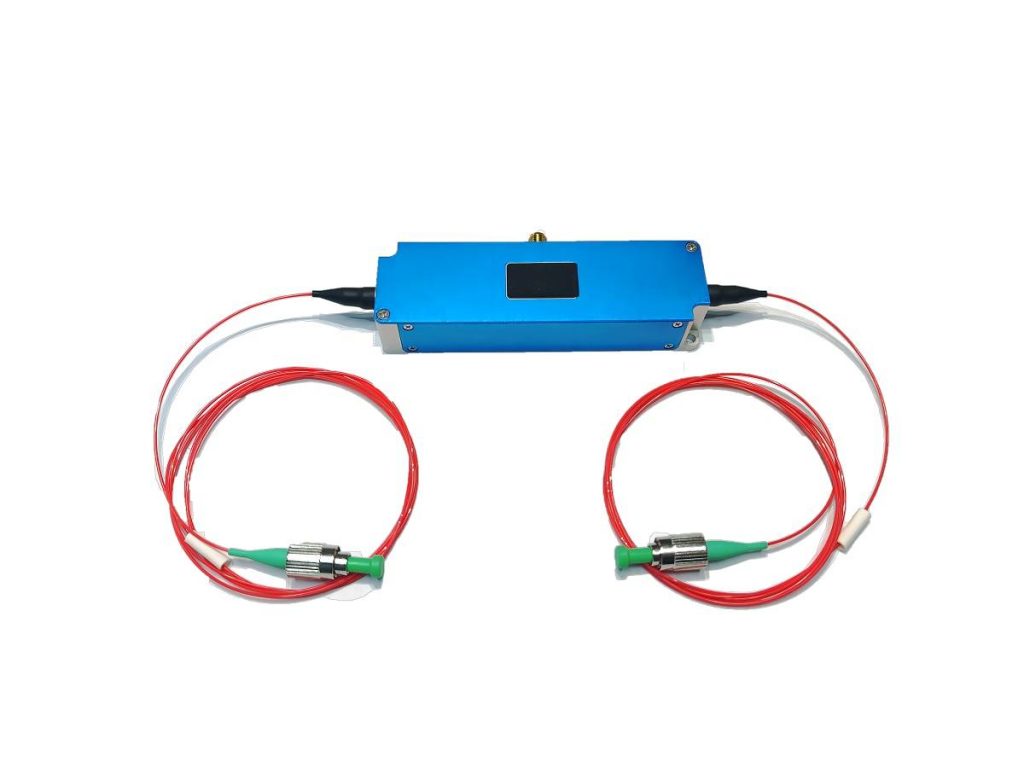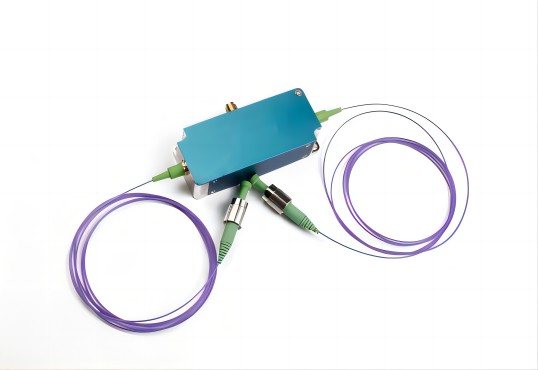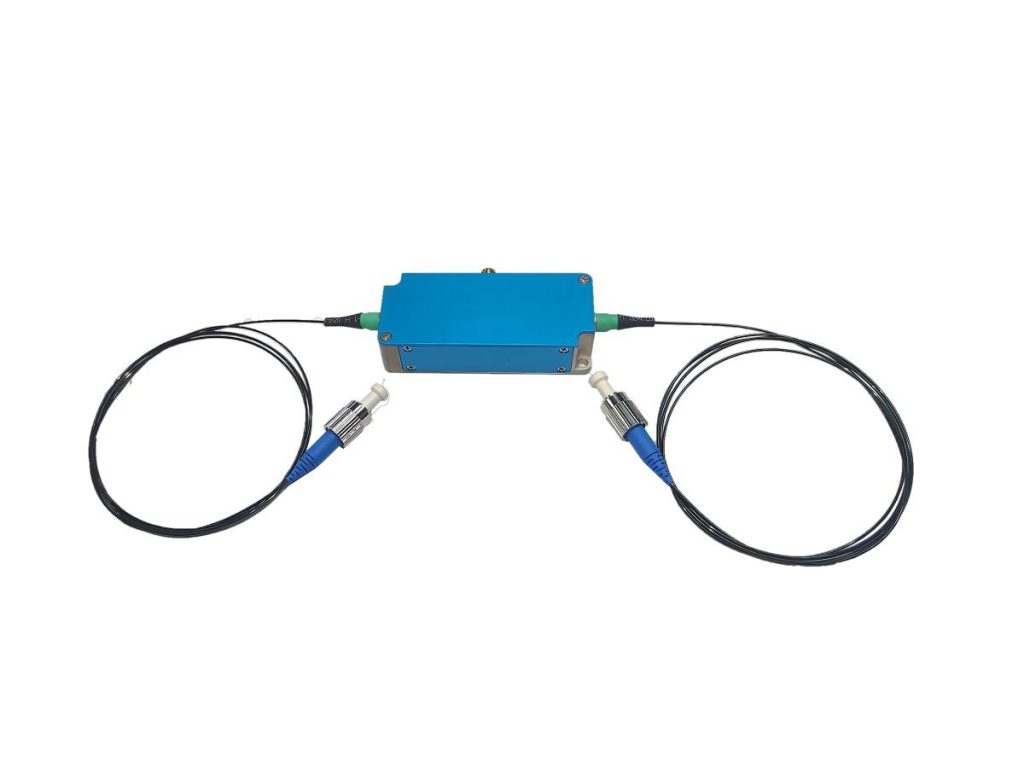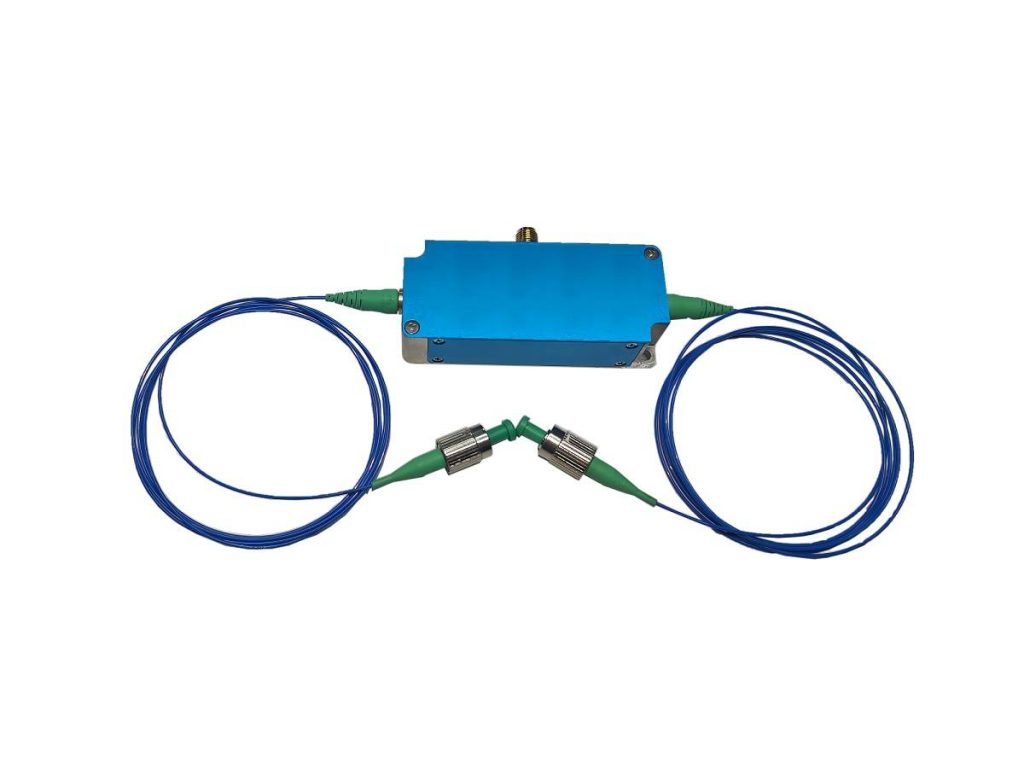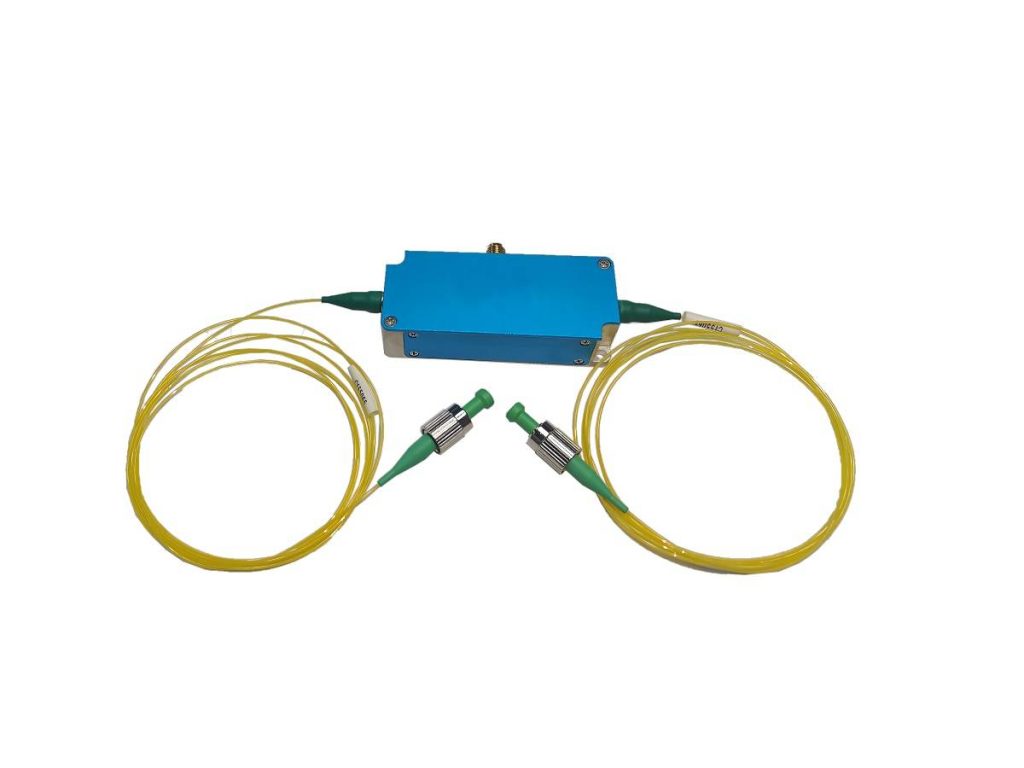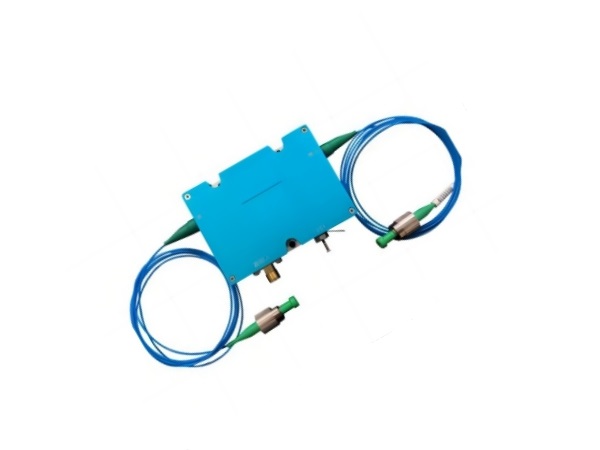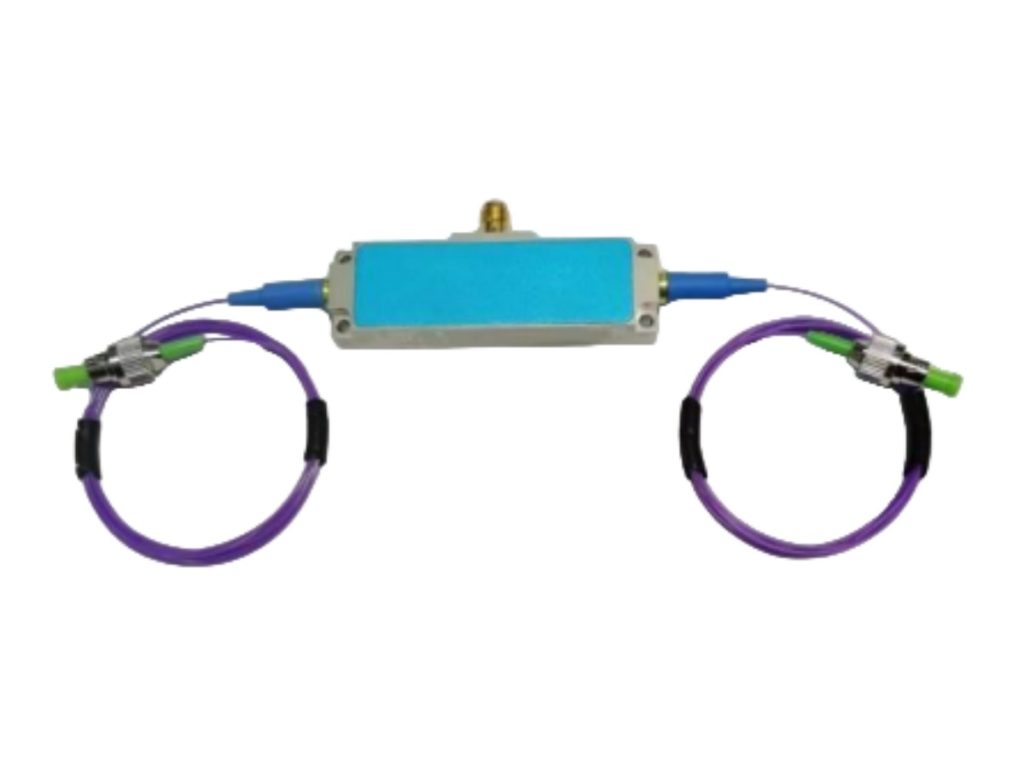Fiber Acousto-Optic Modulators for Sensors: A Practical Guide
The world of sensors is constantly evolving, seeking ever-more precise and versatile ways to measure our environment. Fiber Acousto Optic Modulators (FAOMs) are emerging as powerful tools in this quest, offering unique advantages for a wide range of sensing applications. Smart is a professional fiber acousto optic modulator supplier and we write this article delves into the exciting potential of fiber acousto optic modulators in sensor design, exploring their strengths like high modulation bandwidth and non-contact measurement capabilities. However, alongside these advantages, there are crucial considerations to address for successful implementation. We’ll examine the potential challenges of acoustic noise, temperature sensitivity, and integration complexity to ensure informed decision-making when incorporating a fiber acousto optic modulator into a sensor system. Finally, the article will highlight the importance of safety precautions when operating these devices due to the use of high-power RF signals.
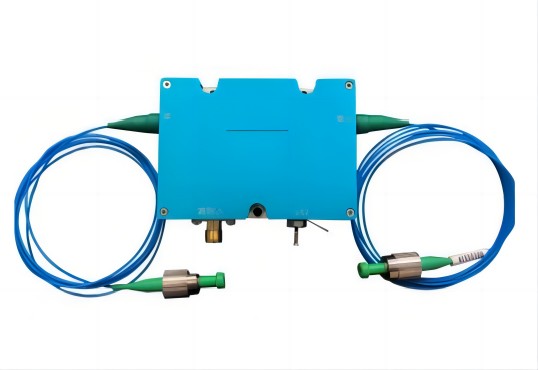
Advantages of Fiber Acousto-Optic Modulators in Sensor Applications
- High Modulation Bandwidth: FAOMs can achieve high modulation bandwidths, making them suitable for sensing applications that require modulating light at high frequencies. This can be useful for detecting fast-changing phenomena or high-resolution measurements.
- Wide Wavelength Range: FAOMs can operate across a wide range of wavelengths, including visible and mid-infrared. This enables them to be used in a variety of sensing applications based on the target parameter and desired light interaction.
- Non-contact Measurement: Light modulation with FAOMs enables non-contact sensing, which is useful for delicate objects or environments where physical contact is undesirable.
Considerations for Using Fiber Acousto-Optic Modulators in Sensors
- Acoustic Noise: The sound waves used for modulation can cause acoustic noise inside the FAOM. This noise may interfere with the sensor signal, especially in low-level sensing applications. Careful design and selection of FAOMs with low acoustic noise generation are critical.
- Drive Electronics Complexity: To control sound waves when driving FAOMs, RF electronics are required. This can make the sensor system more complex than simpler modulation techniques.
- Temperature Sensitivity: As previously mentioned, temperature fluctuations can affect FAOM performance. This can cause drifts in the modulation frequency or decreased efficiency, necessitating temperature control measures for high-precision sensing.
- Limited Dynamic Range: FAOMs have a limited dynamic range, which is the ratio of the maximum and minimum detectable signal levels when compared to other modulation techniques. This may be a concern for sensors that require a wide range of detectable light intensity variations.
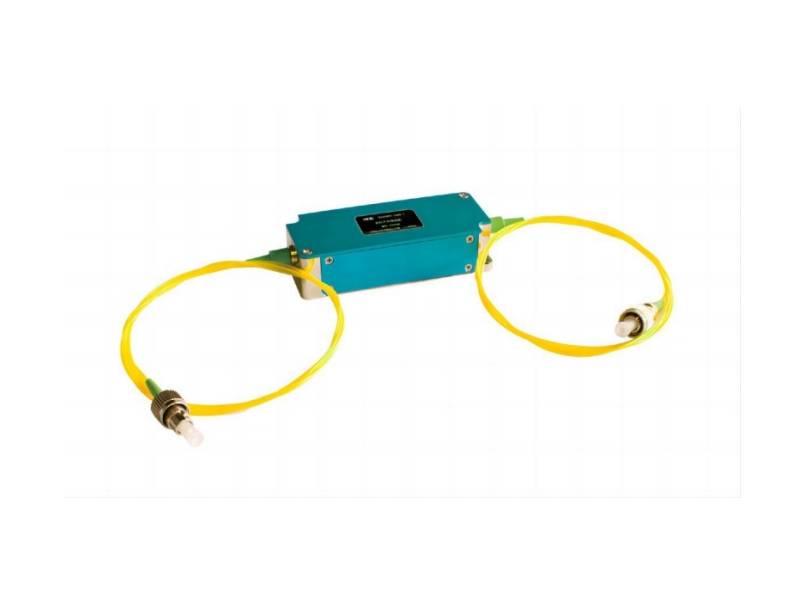
Safety Precautions for Operating a Fiber Acousto-Optic Modulator
While FAOMs themselves don’t pose inherent dangers like high voltage or hazardous materials, there are some safety precautions to consider during operation to ensure a safe working environment. Here’s a breakdown of the key areas to focus on:
1. Radio Frequency (RF) Radiation
- FAOMs utilize RF signals to generate sound waves. Although the power levels are generally low, it’s recommended to follow standard RF safety practices. This includes minimizing exposure by maintaining a safe distance from the device, especially during high-power operation. Refer to manufacturer specifications for recommended exposure limits.
- Proper shielding: To reduce RF radiation leakage, ensure that the FAOM and driver circuit are housed in a shielded enclosure. This protects personnel from unnecessary exposure while also reducing potential interference with nearby electronic devices.
2. Eye Safety
- FAOMs can modulate light across multiple spectrums, including the visible. Always wear proper eye protection when working with the FAOM, especially during testing or alignment procedures. The specific eyewear selection is determined by your FAOM’s operational wavelength.
- Laser Safety: If you’re using a fiber acousto optic modulator in conjunction with a laser source, make sure to follow all of the safety precautions for that laser wavelength. This could include using laser safety enclosures, proper signage, and designated laser safety officers for high-power lasers.
3. General Safety Considerations
- Read and understand the manufacturer’s instructions: Always consult the FAOM’s datasheet and user manual for specific safety guidelines and warnings. These documents will outline any potential hazards associated with the device and will include proper handling instructions.
- Maintain a clean and organized workspace: A cluttered workspace can increase the likelihood of an accident. To ensure safe operation and maintenance, keep the area surrounding the FAOM clear of any unnecessary equipment or debris.
- Use appropriate tools and equipment: Use the proper tools and equipment when working with the fiber acousto-optic modulator. This could include using specialized fiber optic tools or adhering to specific handling procedures for the optical fibers connected to the device.
When operating FAOMs, follow these safety precautions and best practices to reduce risks and ensure a safe working environment. Remember that safety is paramount in any experiment or application involving these powerful light modulation devices.
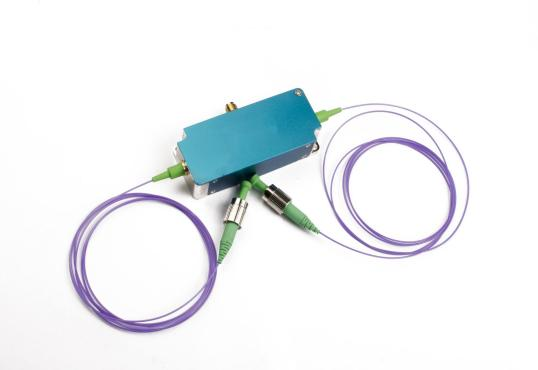
Conclusion
As we’ve talked, FAOMs offer a compelling combination of features for various sensor applications. Their high modulation bandwidth allows for high-resolution and fast-response sensing, while the wide operational wavelength range opens doors to diverse sensing modalities. Additionally, the non-contact nature of light modulation makes them ideal for delicate or hazardous environments. However, to successfully integrate FAOMs into sensor systems, it’s crucial to address potential drawbacks like acoustic noise, temperature sensitivity, and the need for more complex drive electronics compared to simpler modulation techniques. By carefully considering these factors alongside the specific sensing requirements, engineers can make informed choices about fiber acousto optic modulator suitability and optimize their design for optimal performance. SMART SCI&TECH can grasp parameters such as AOM loss, on/off extinction ratio, and rise time very well. No matter get the information from us but also get the standard products or customized services, we are honored to discuss and cooperate with you!

